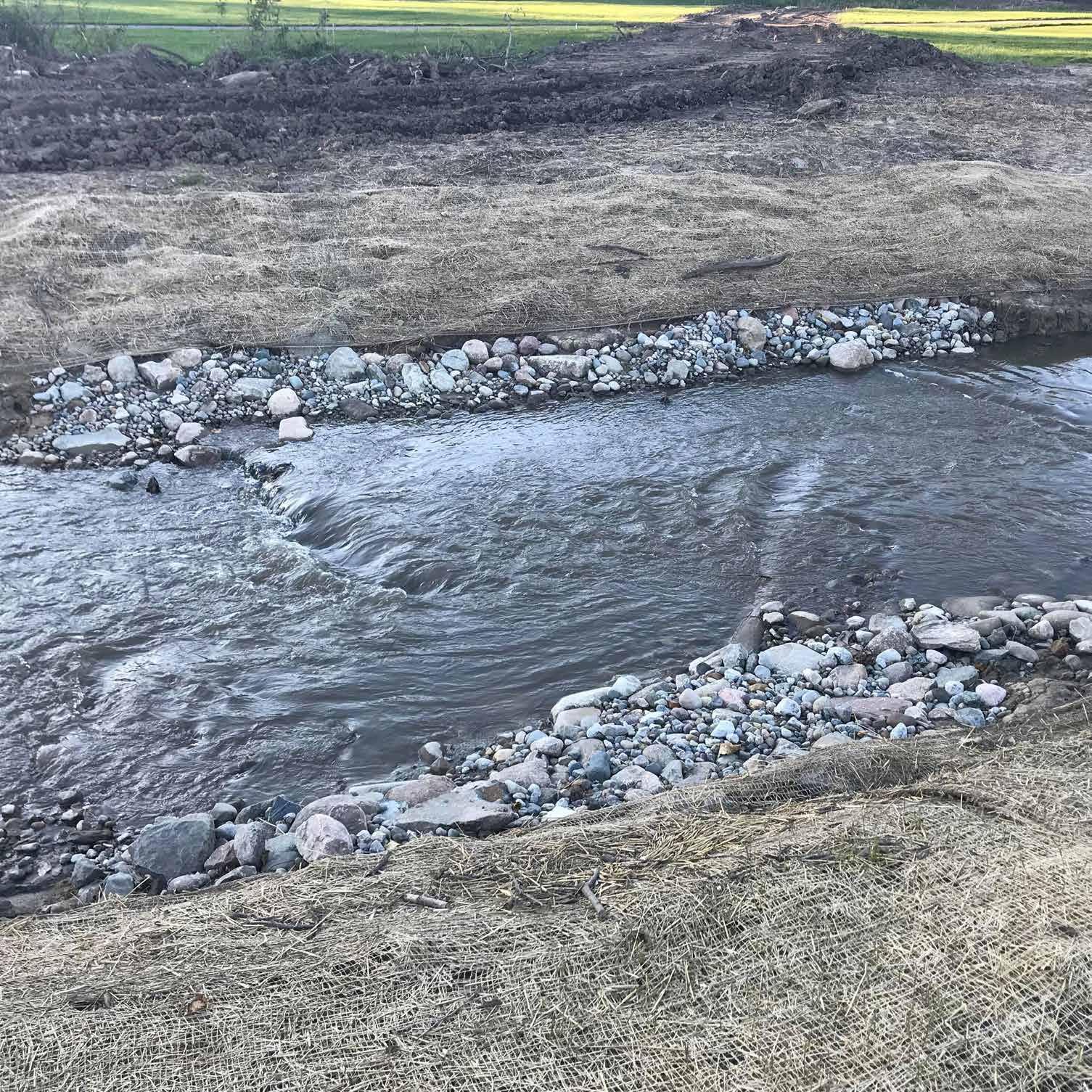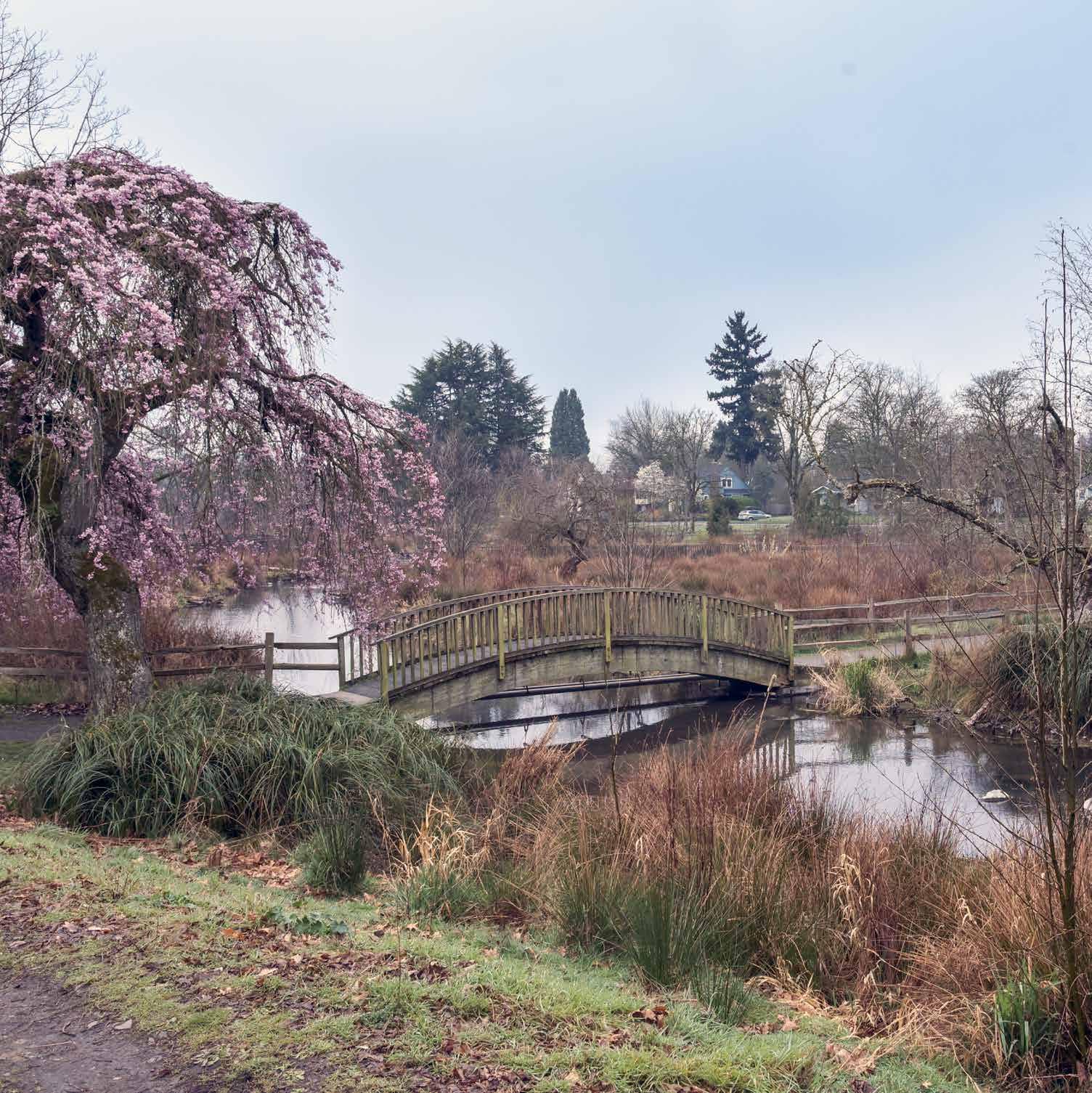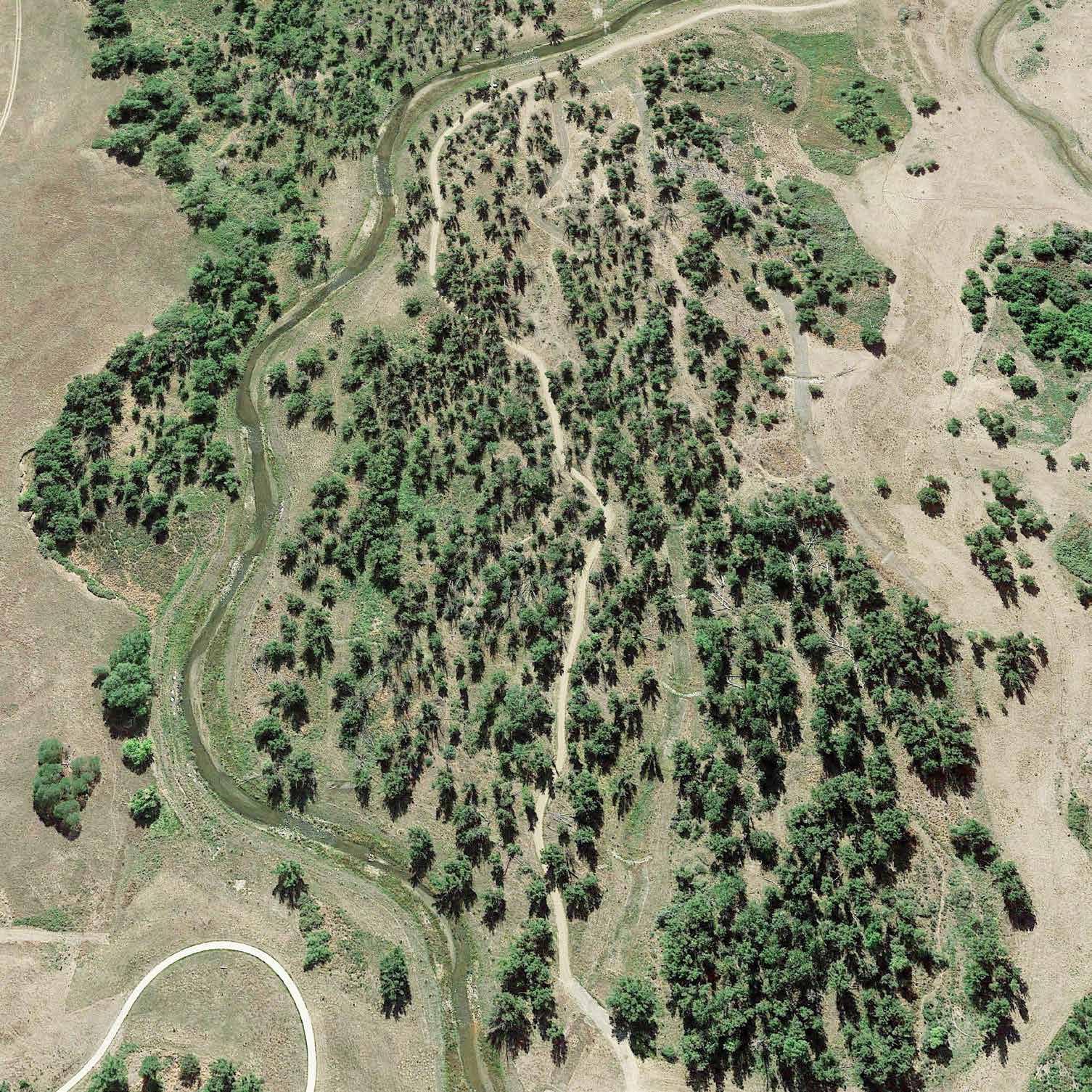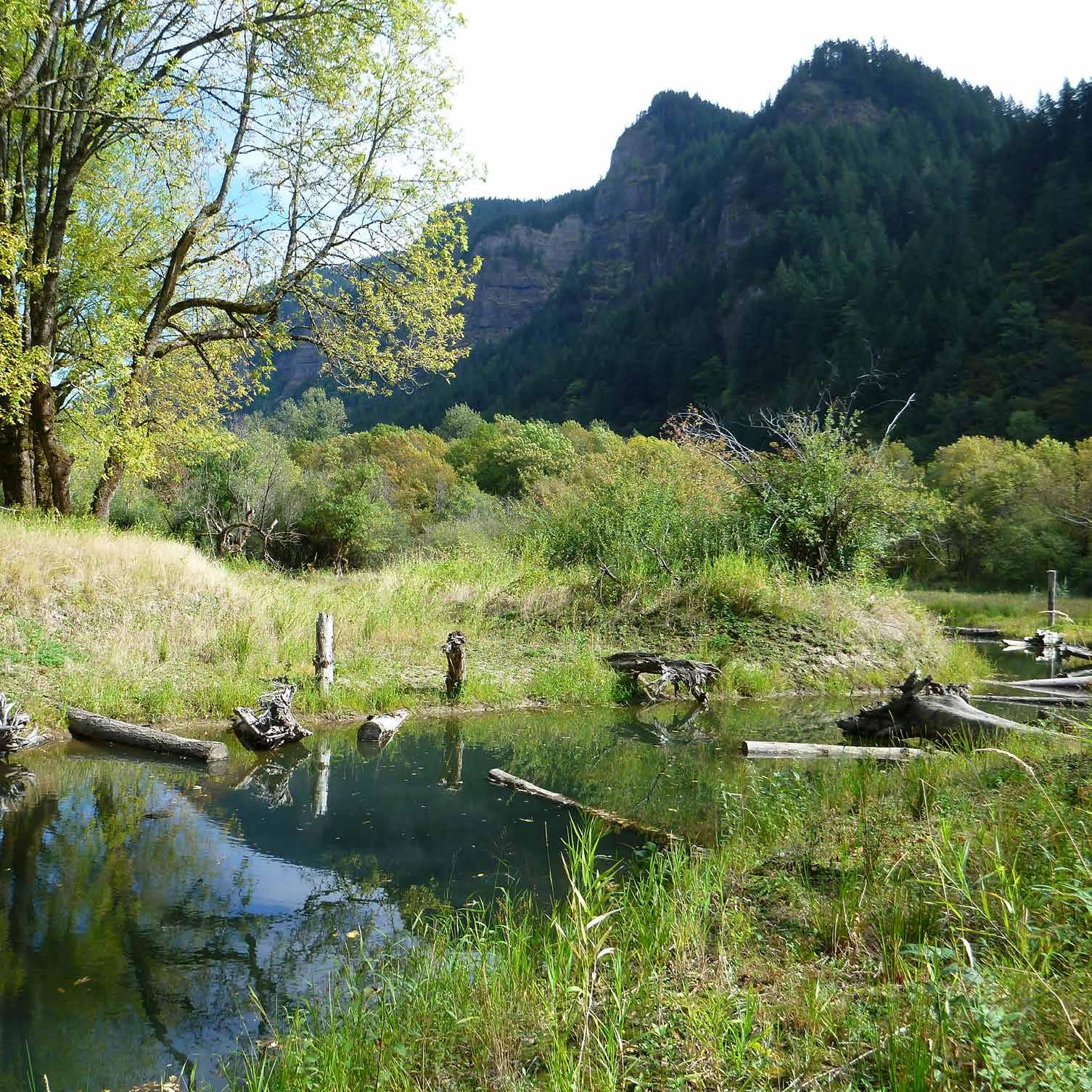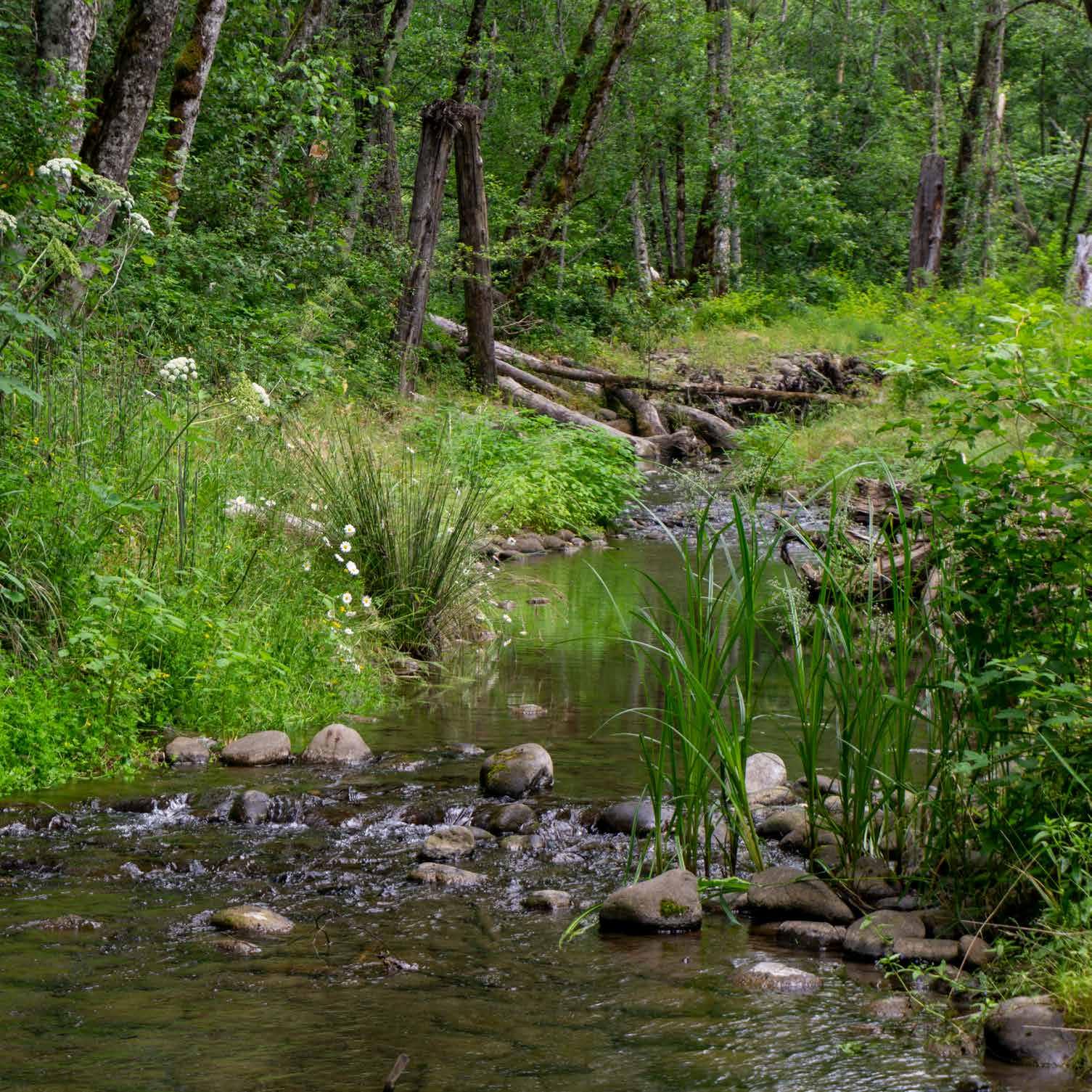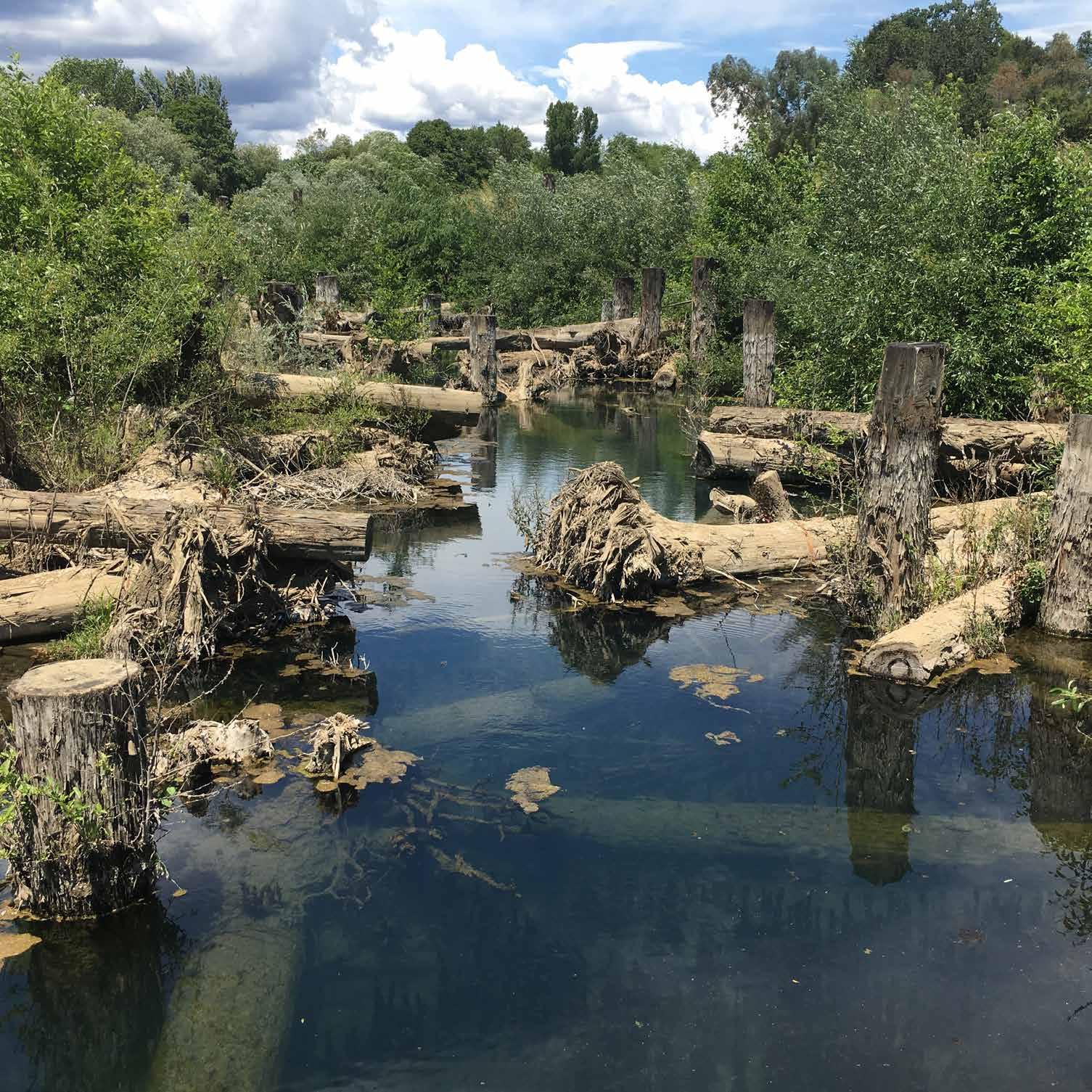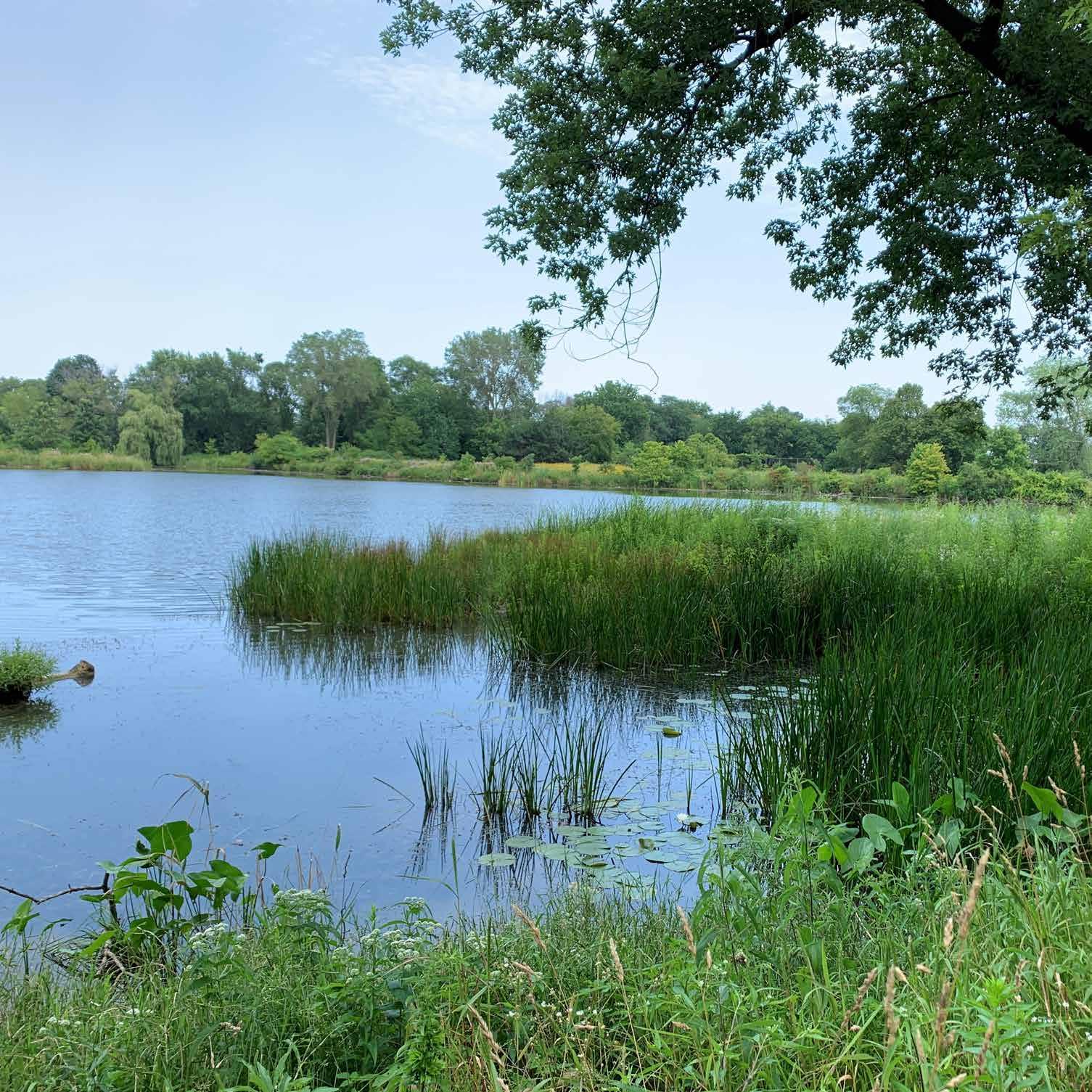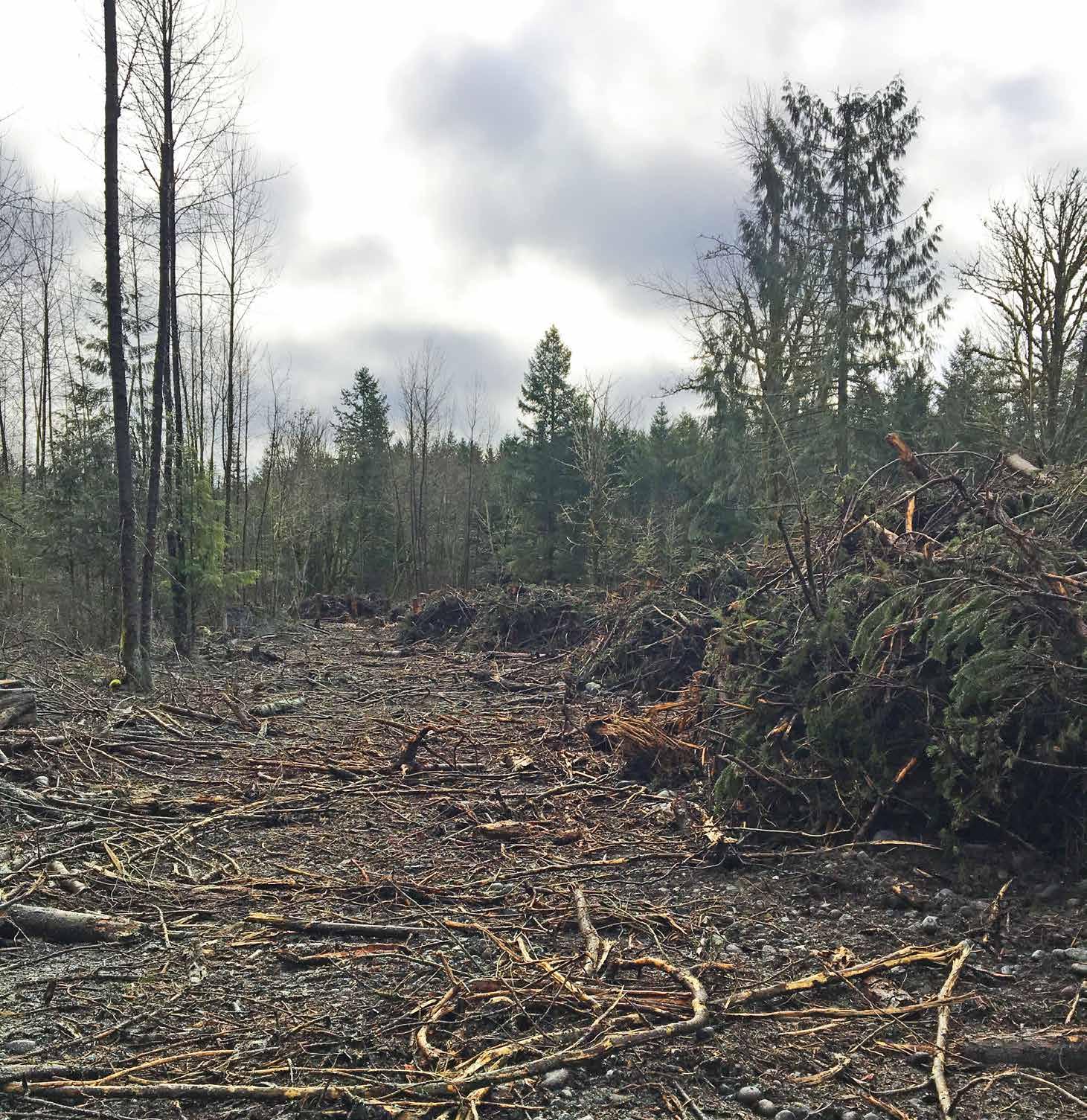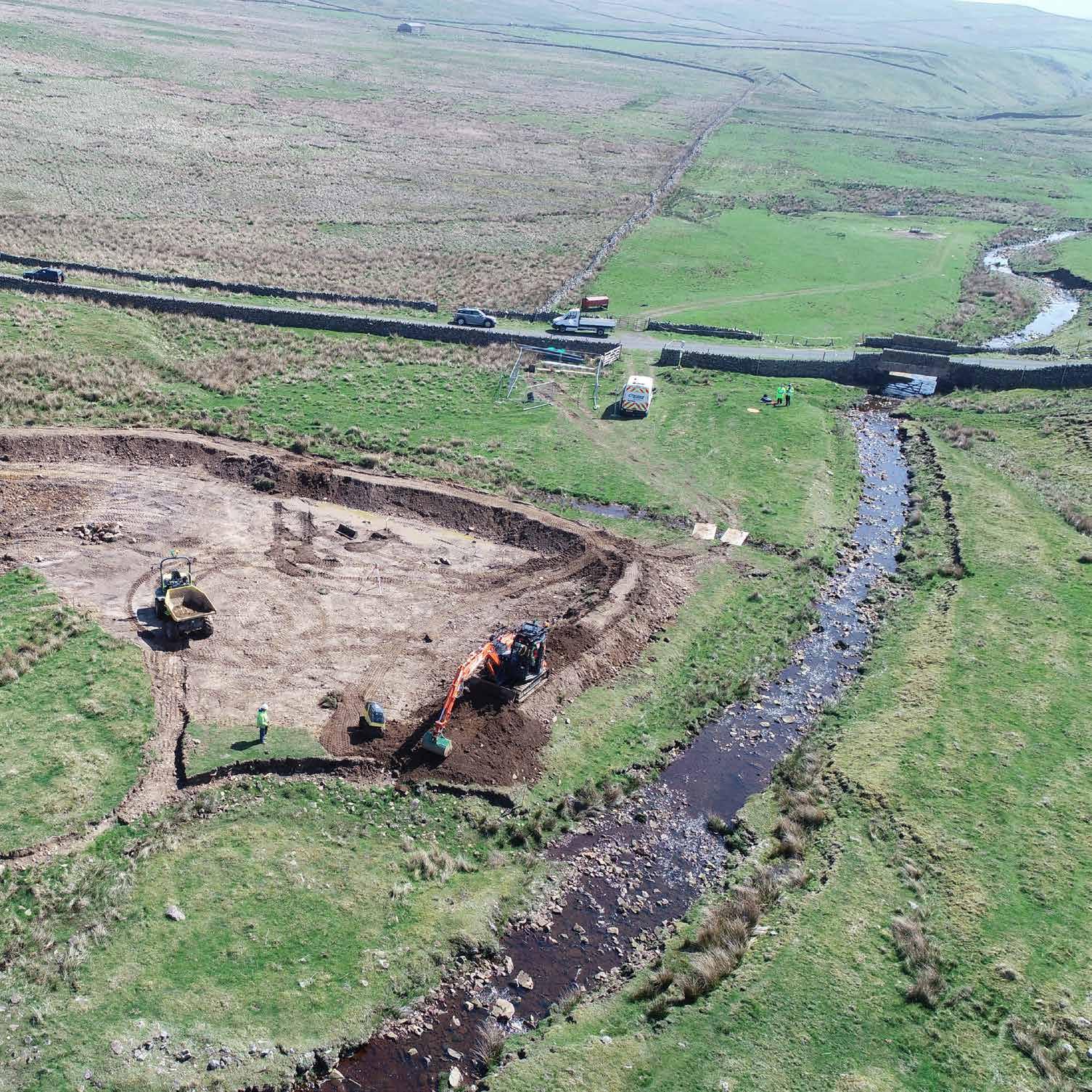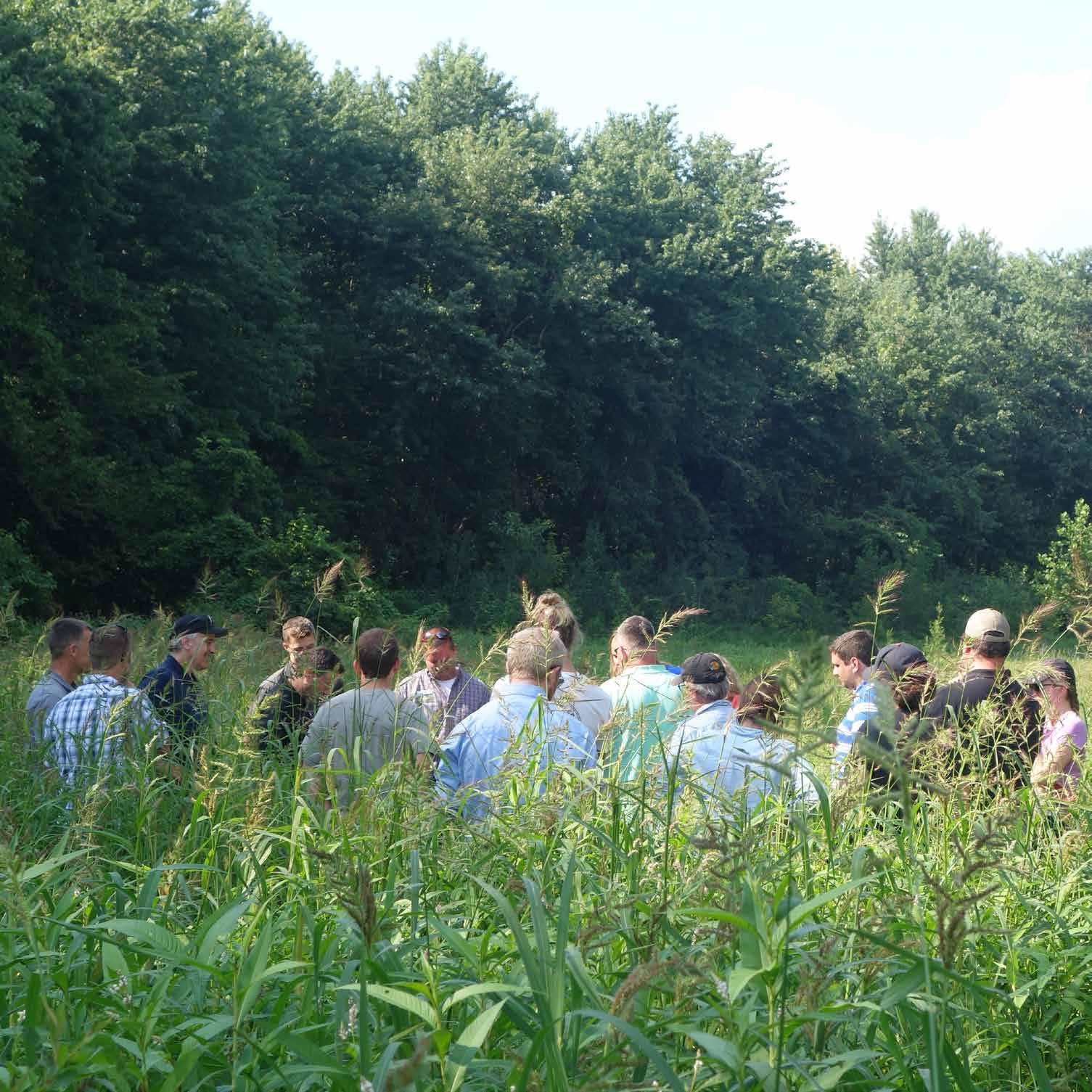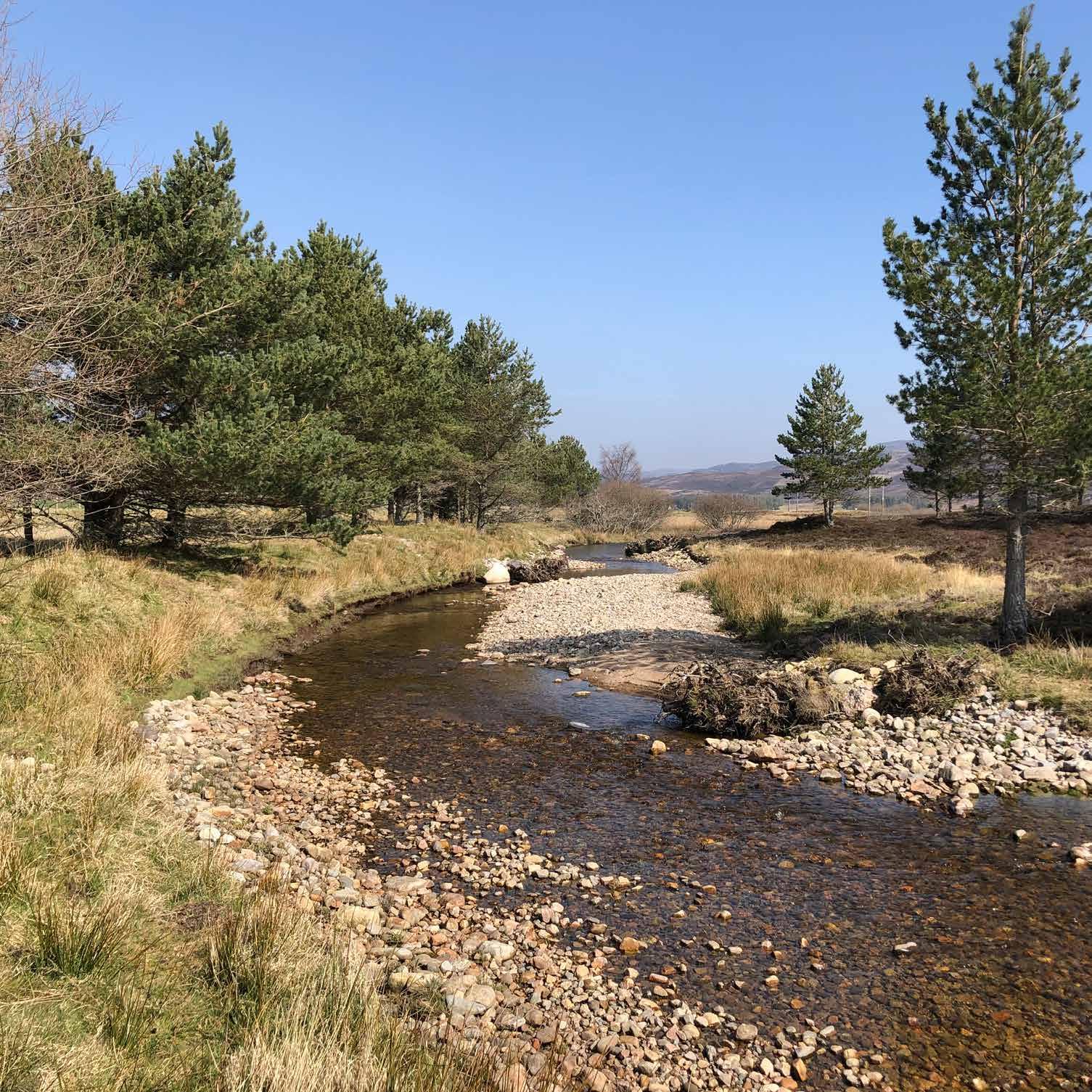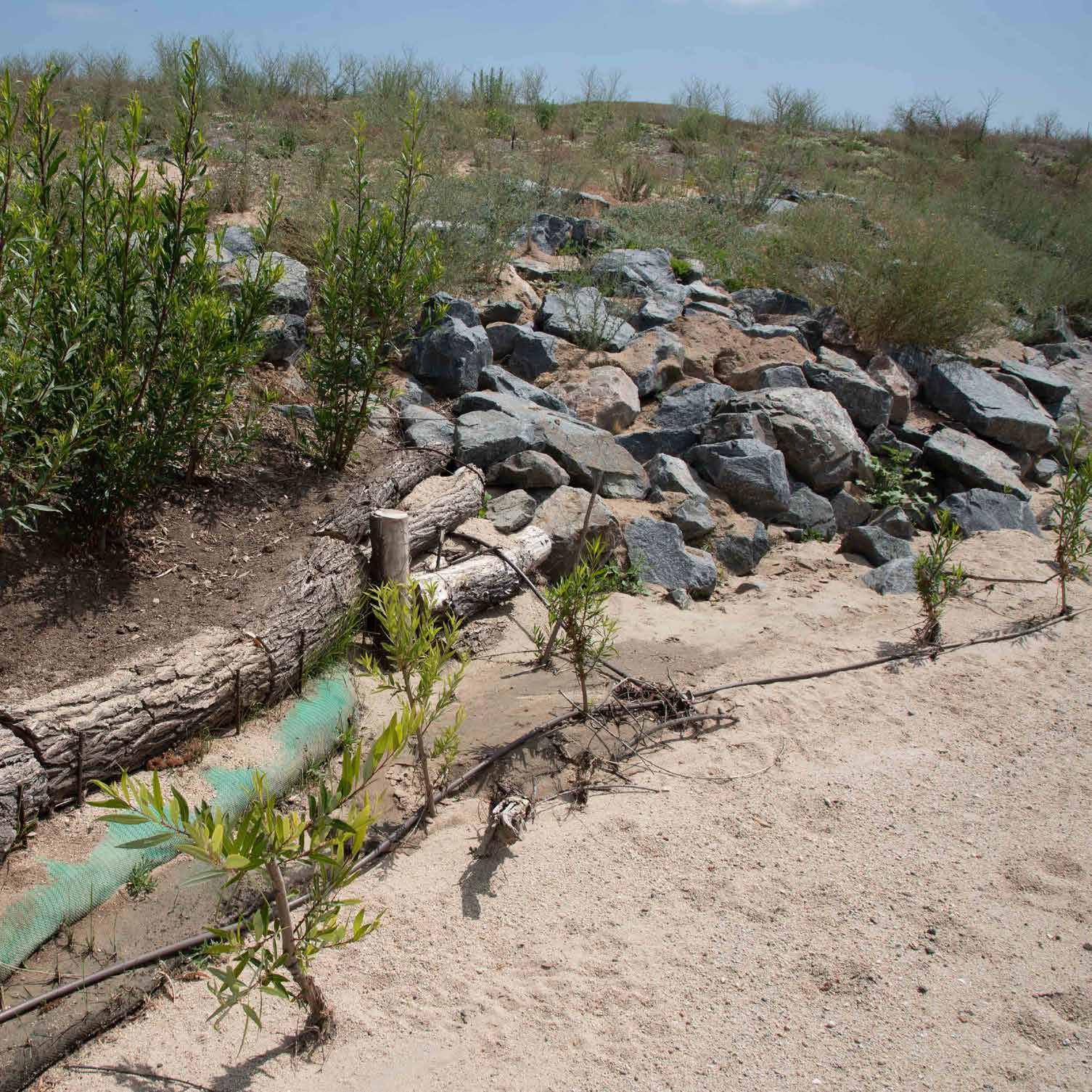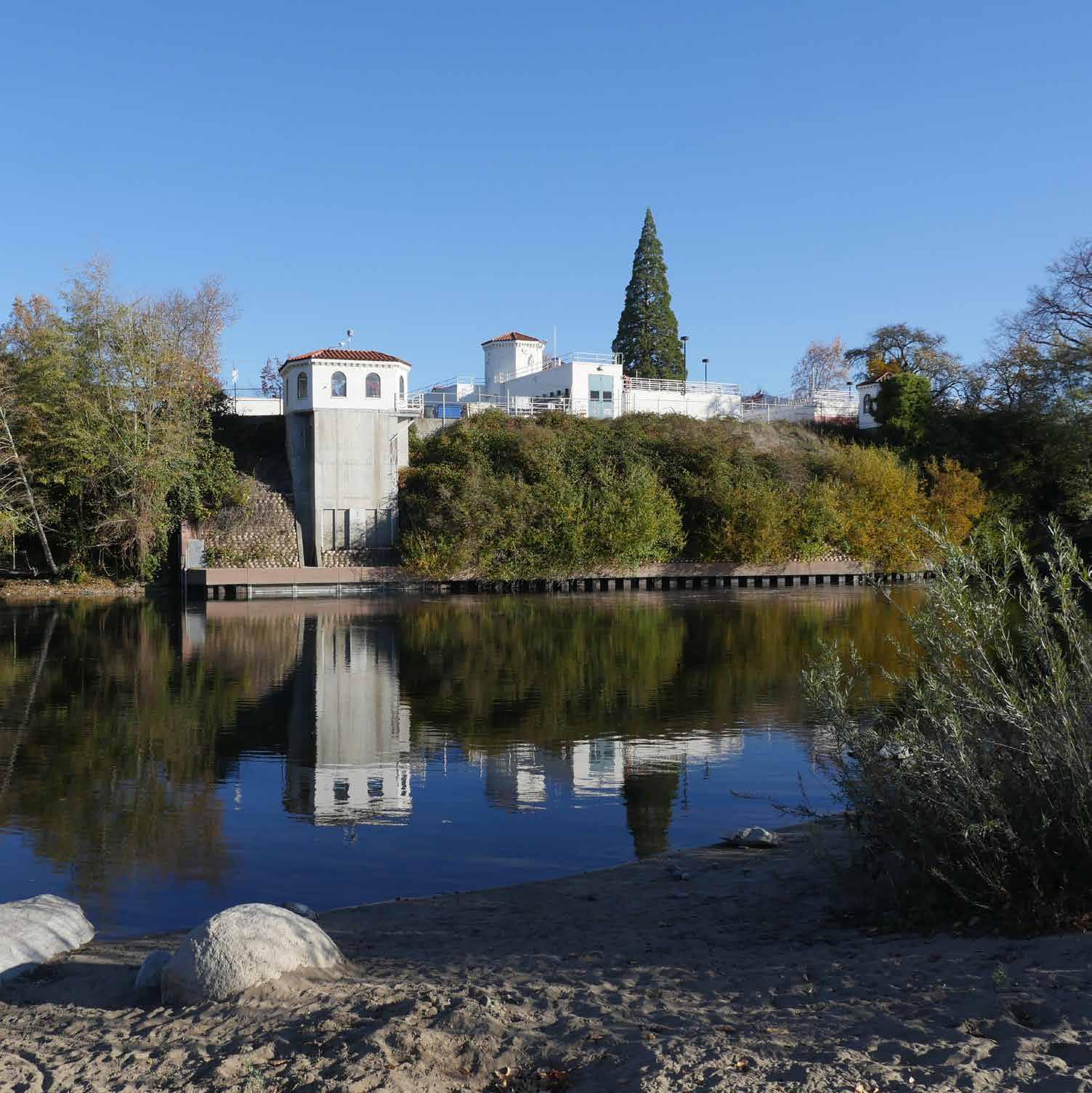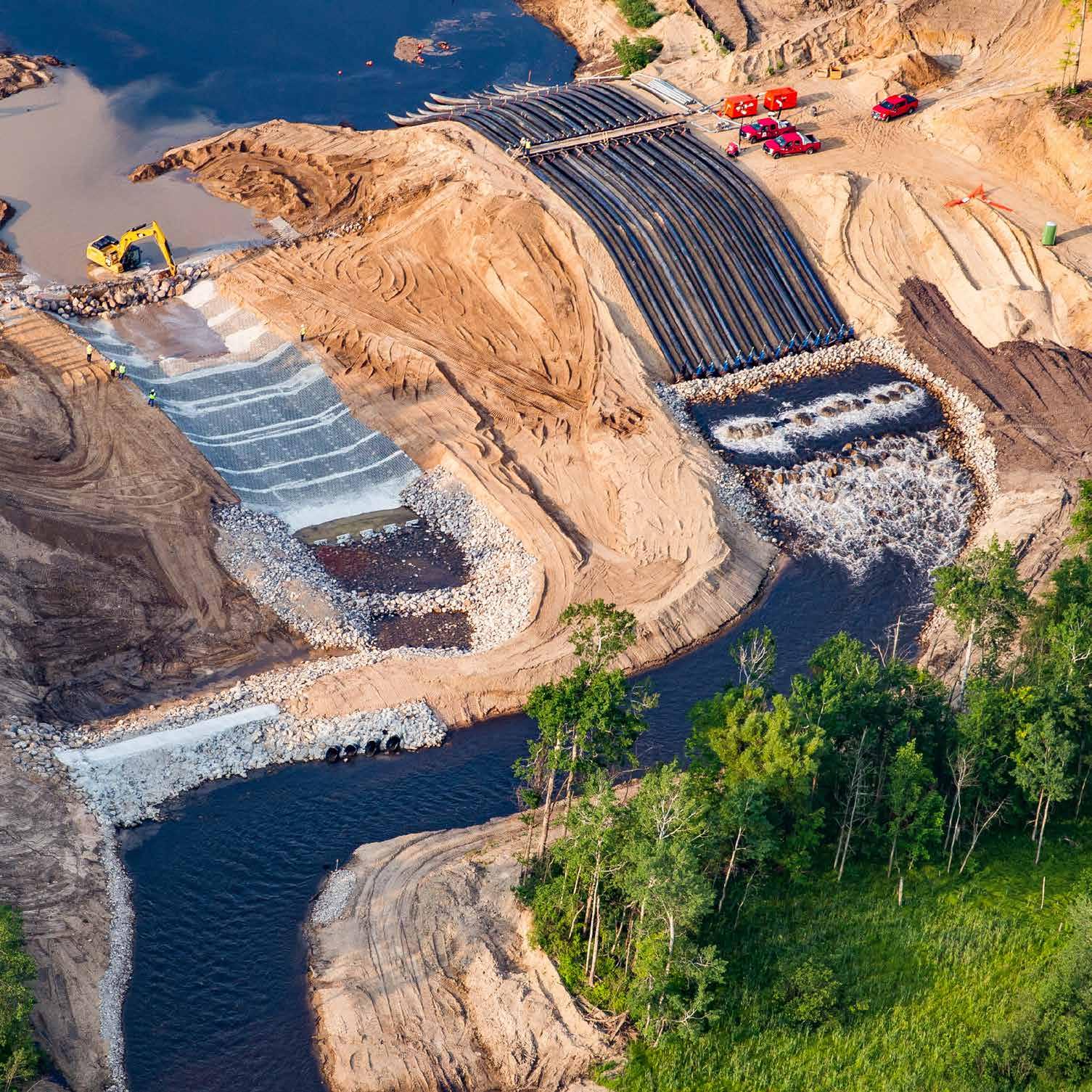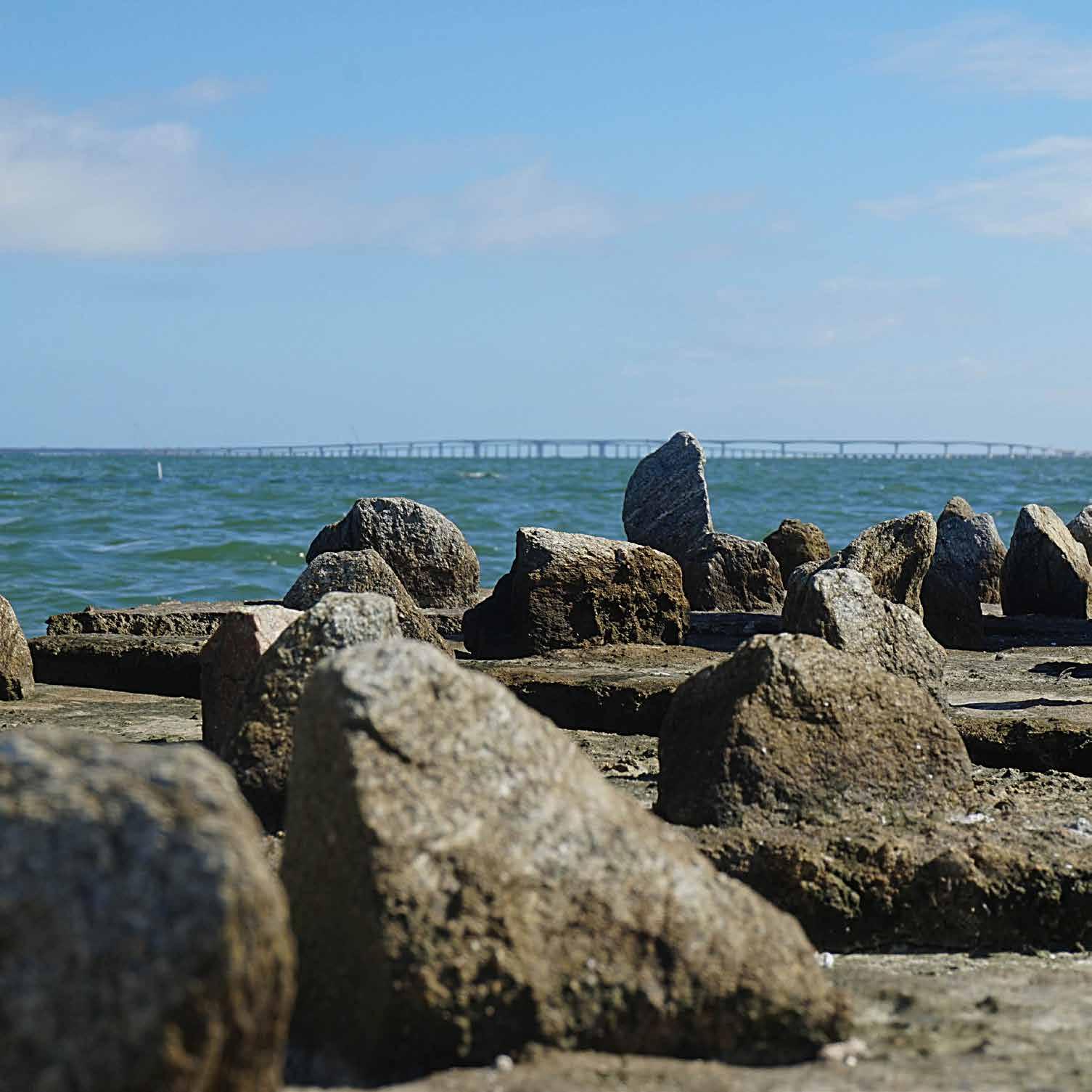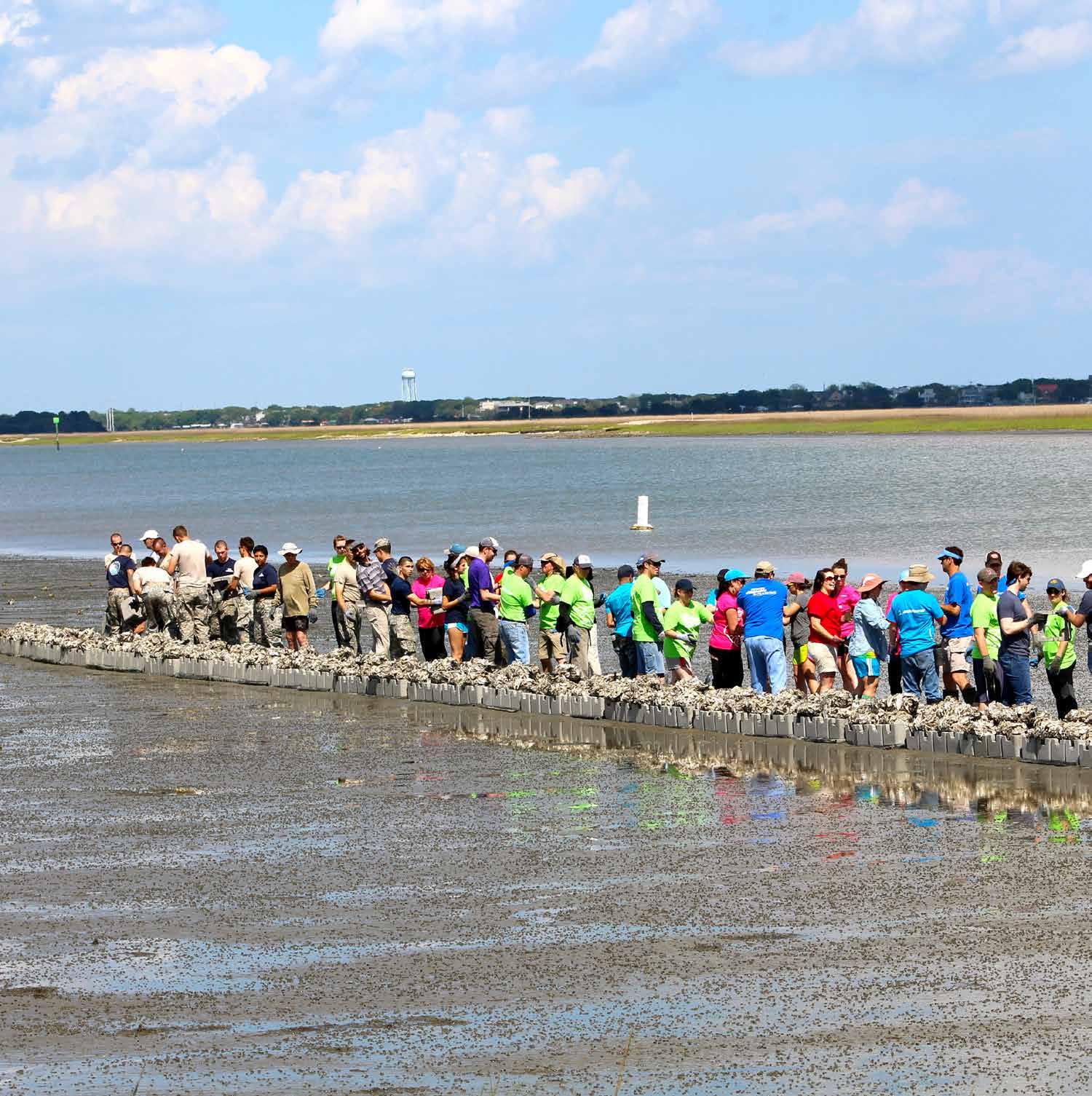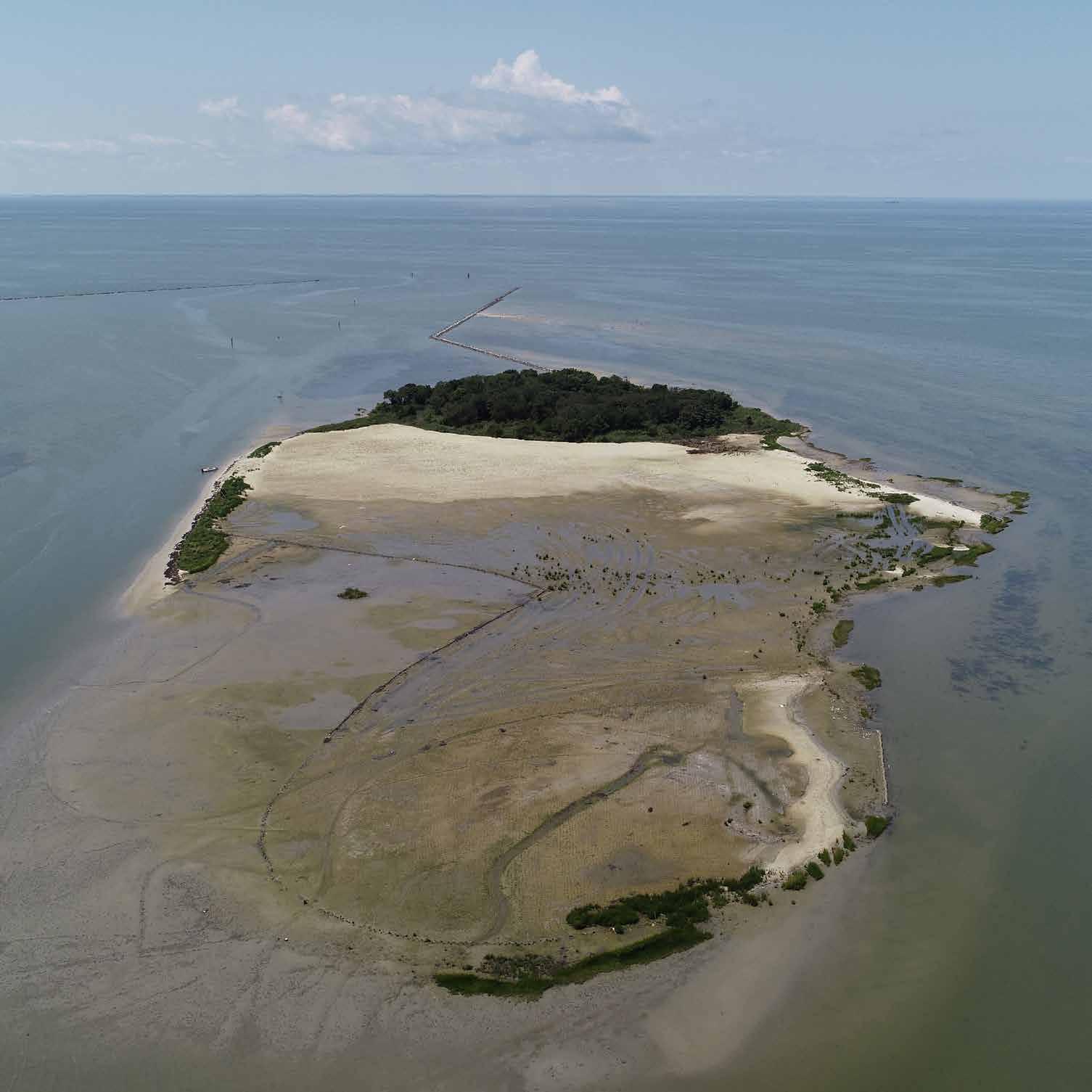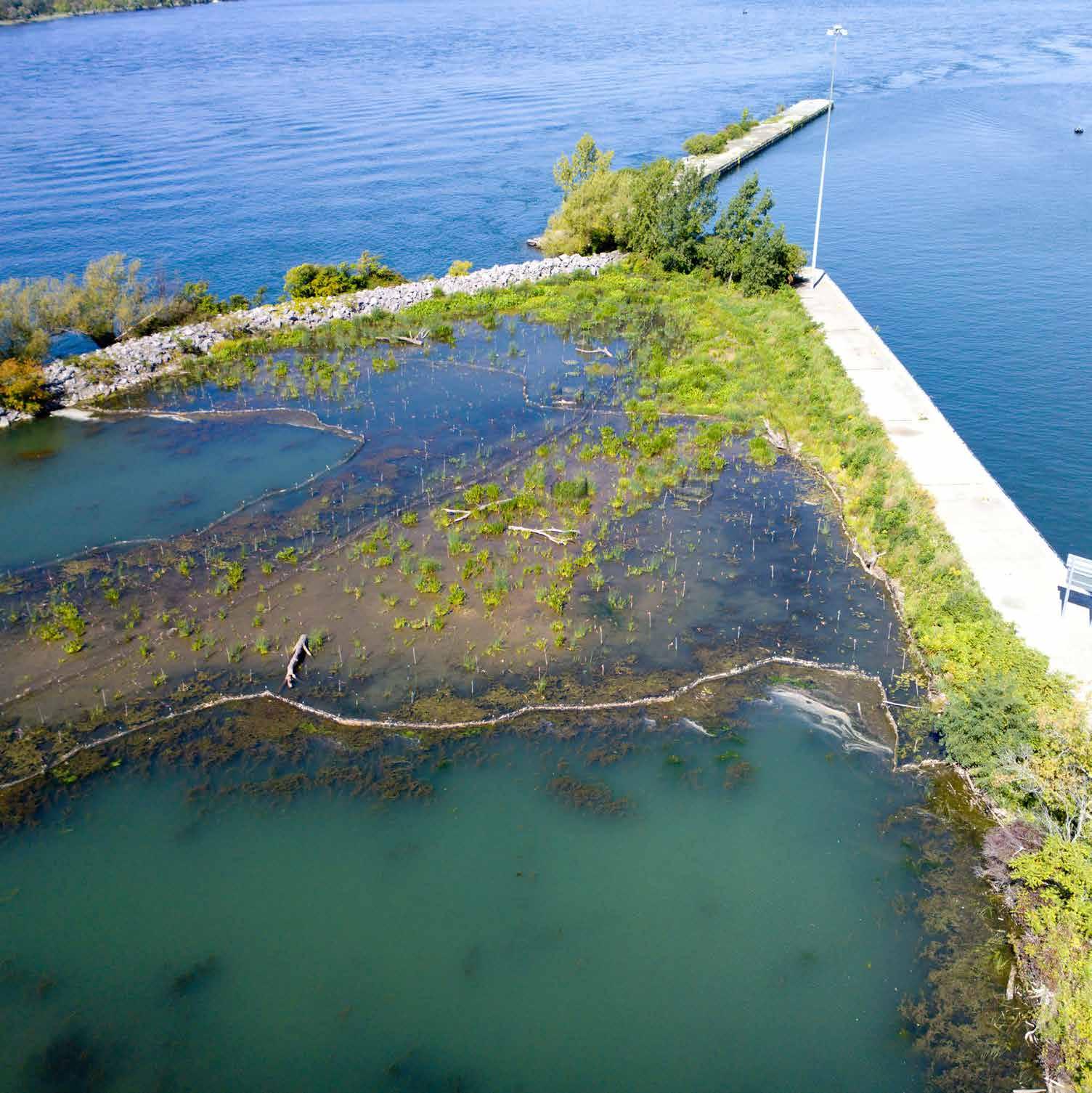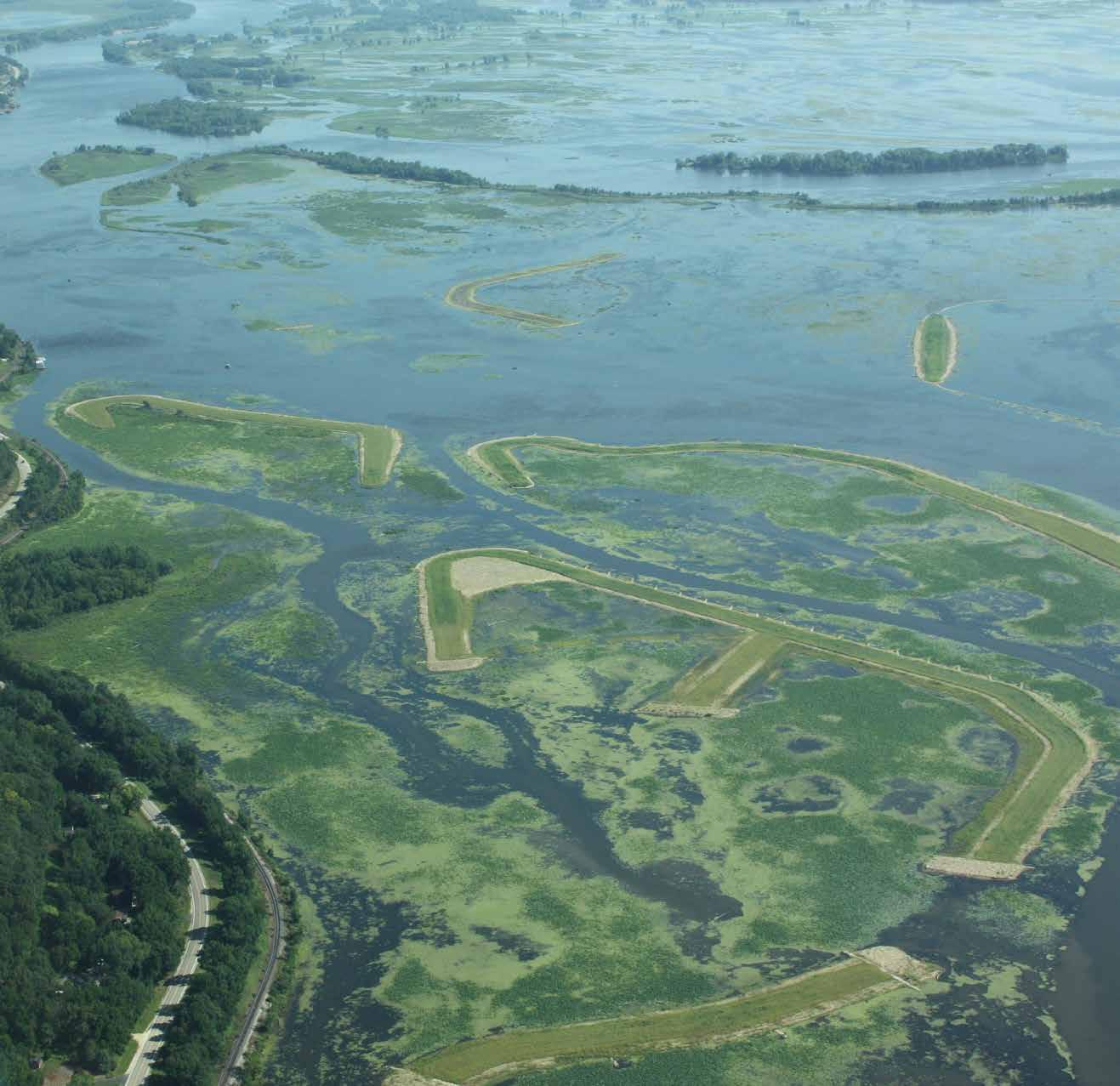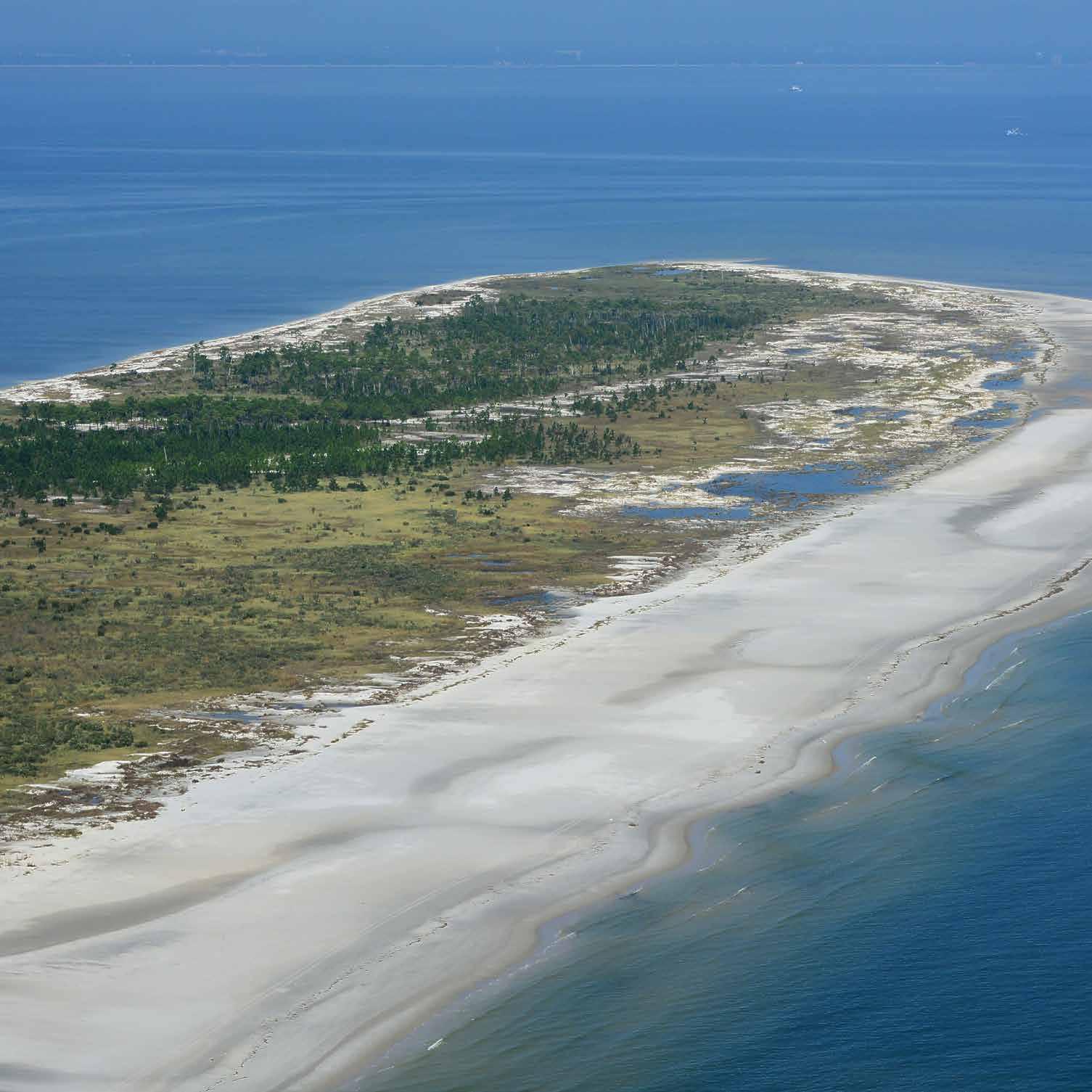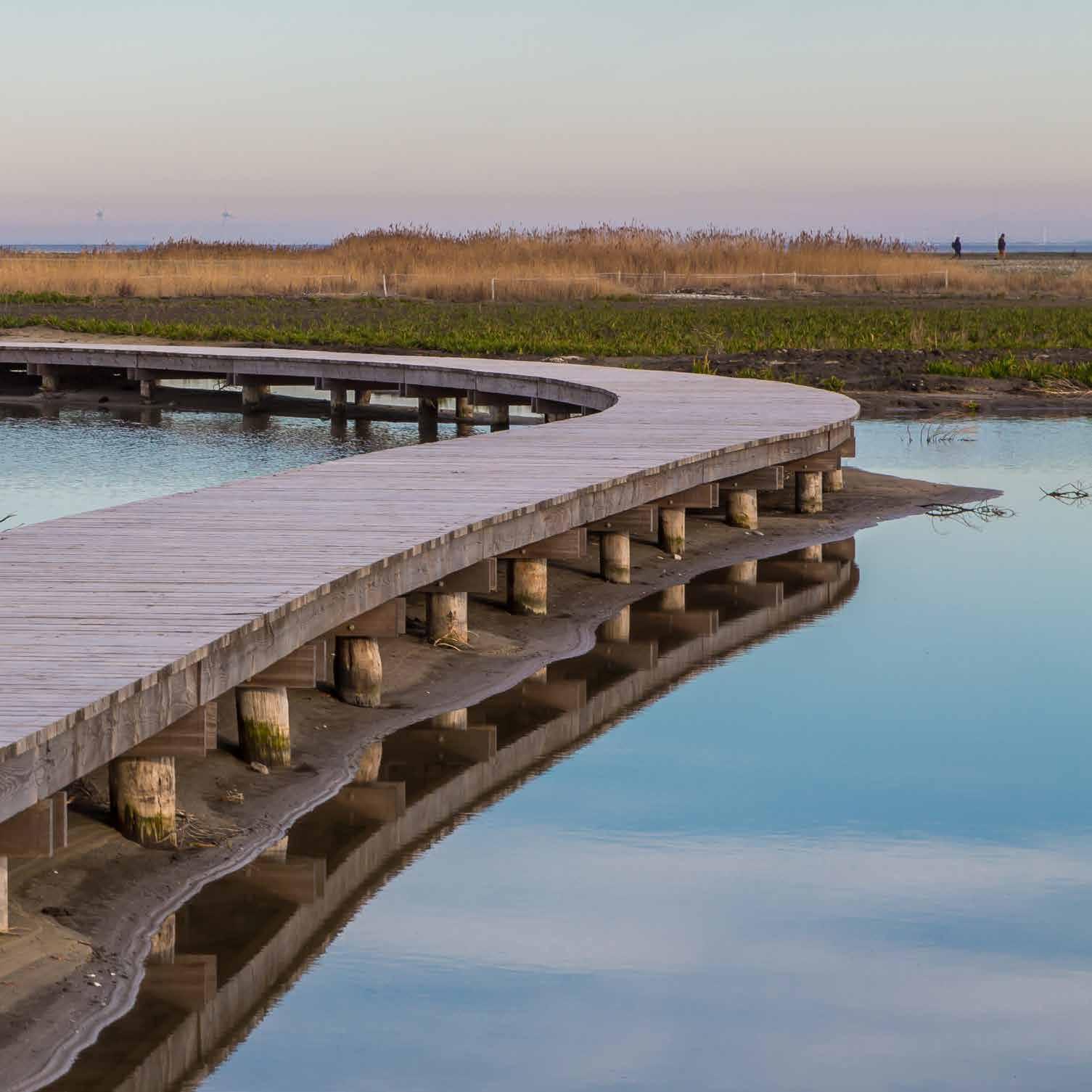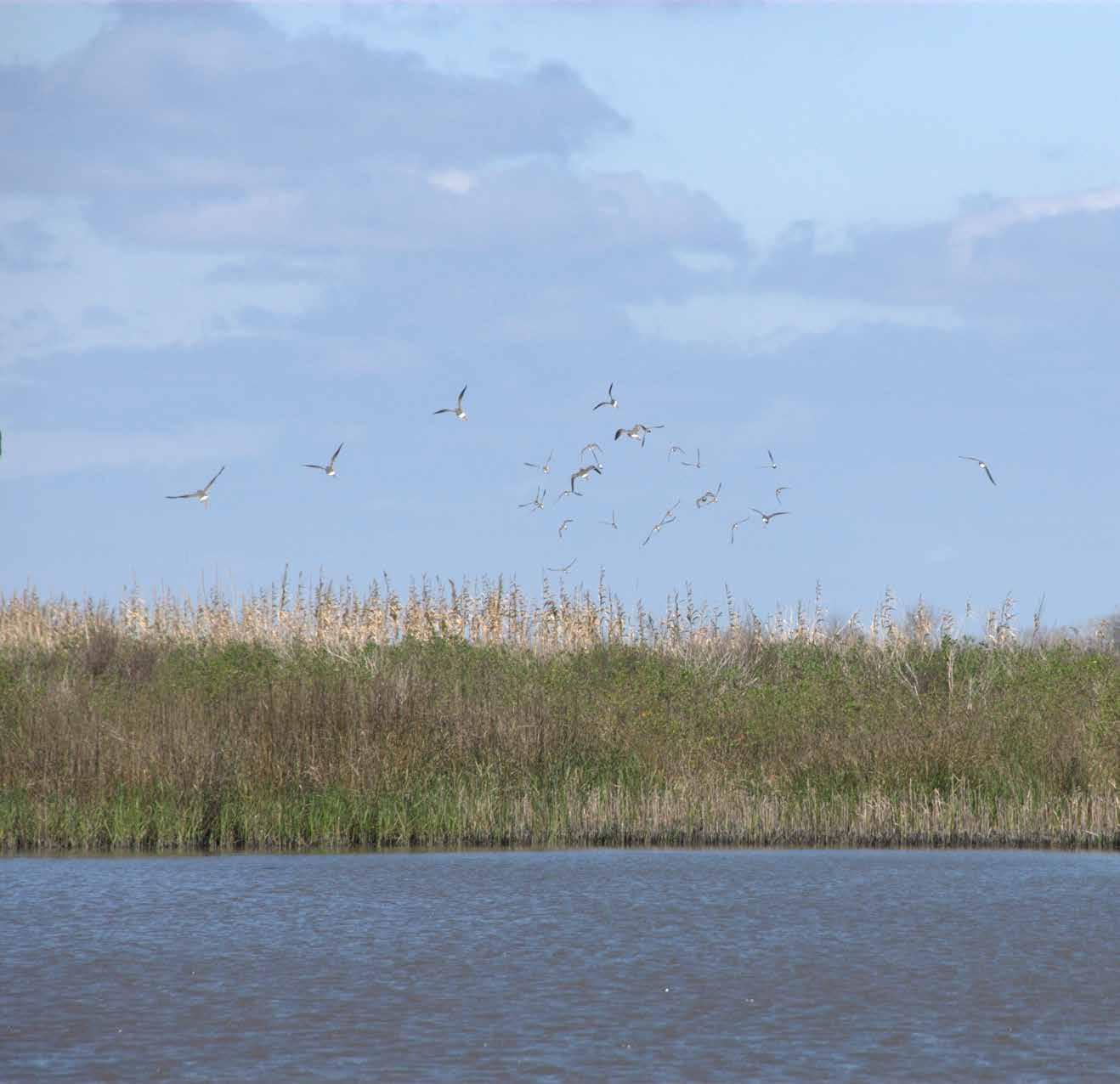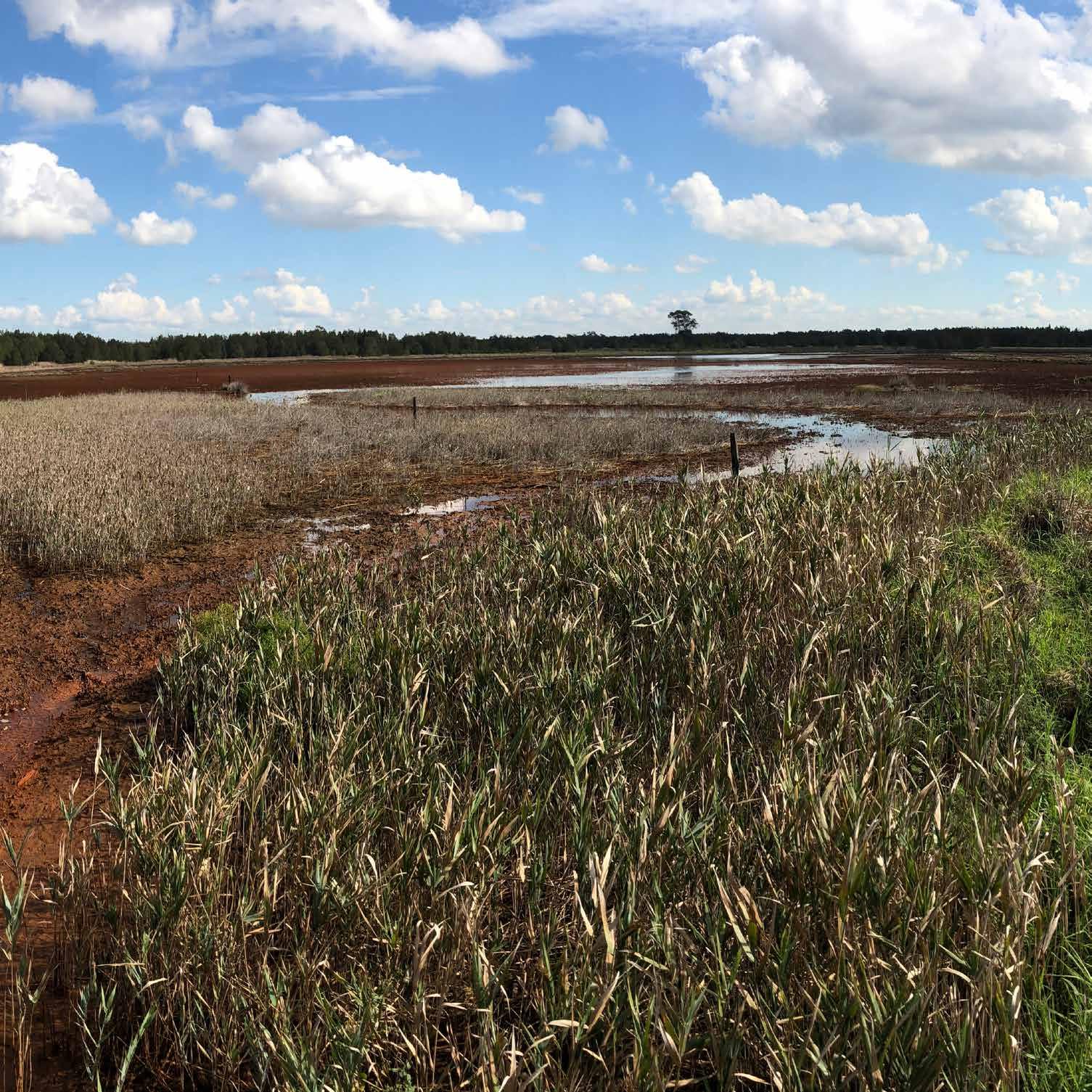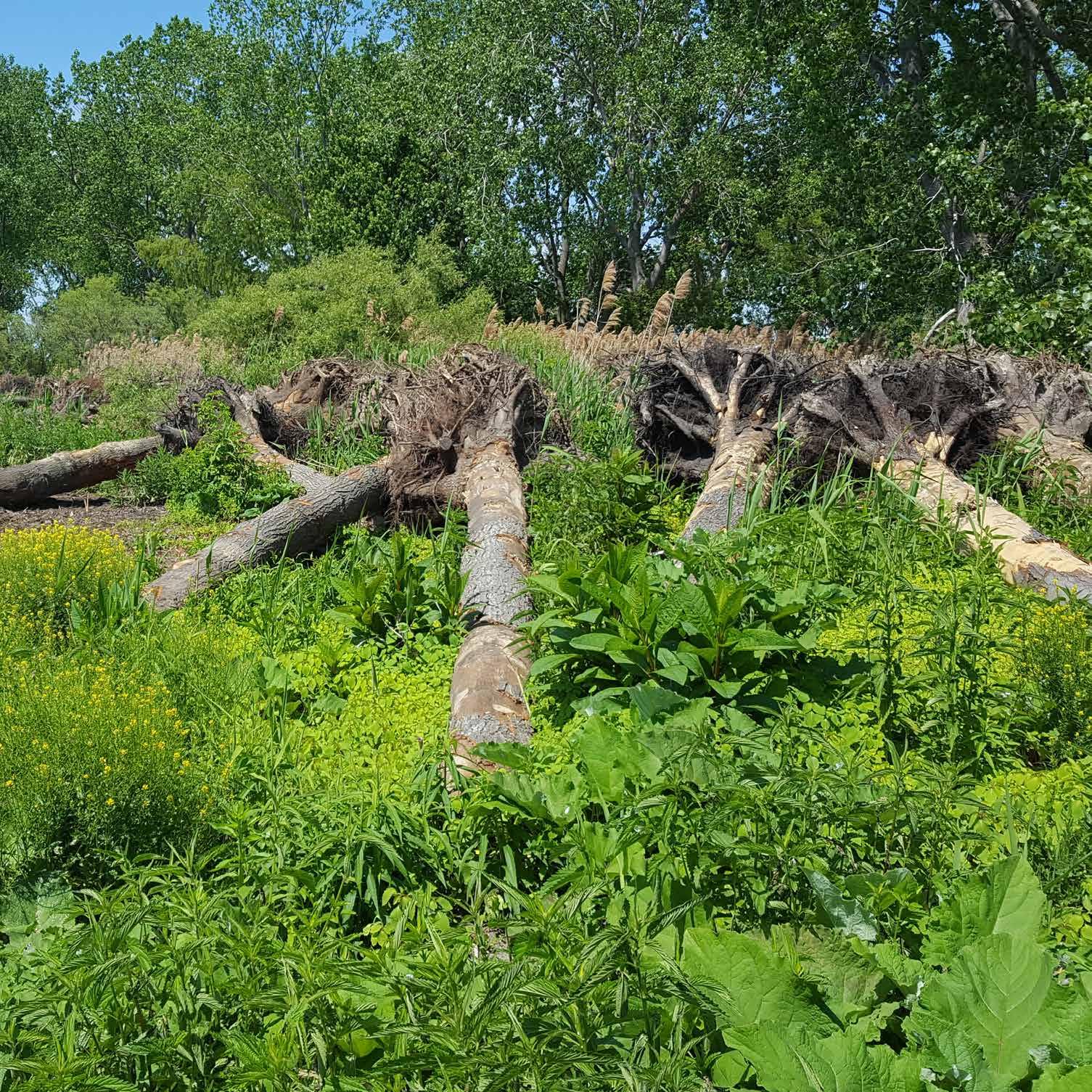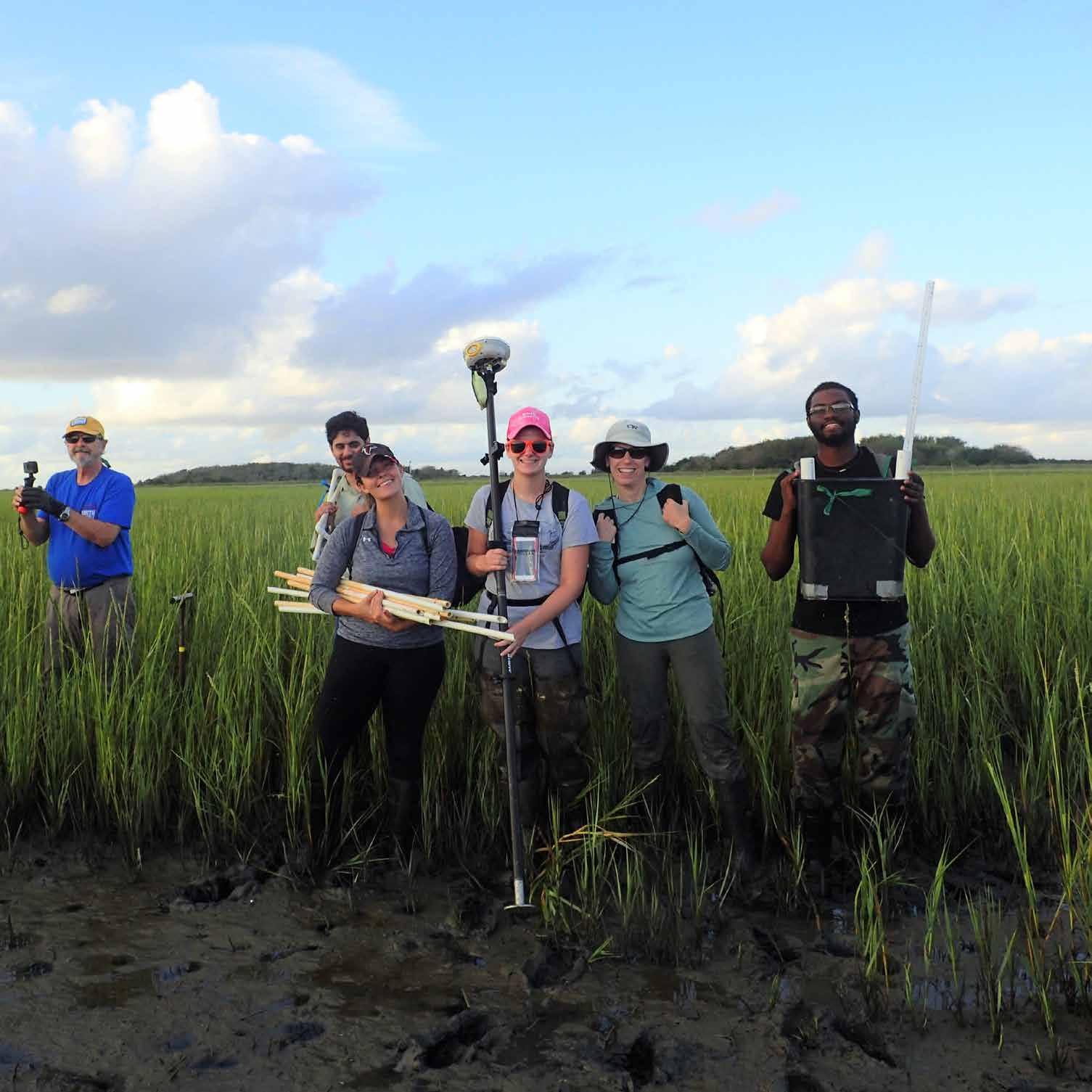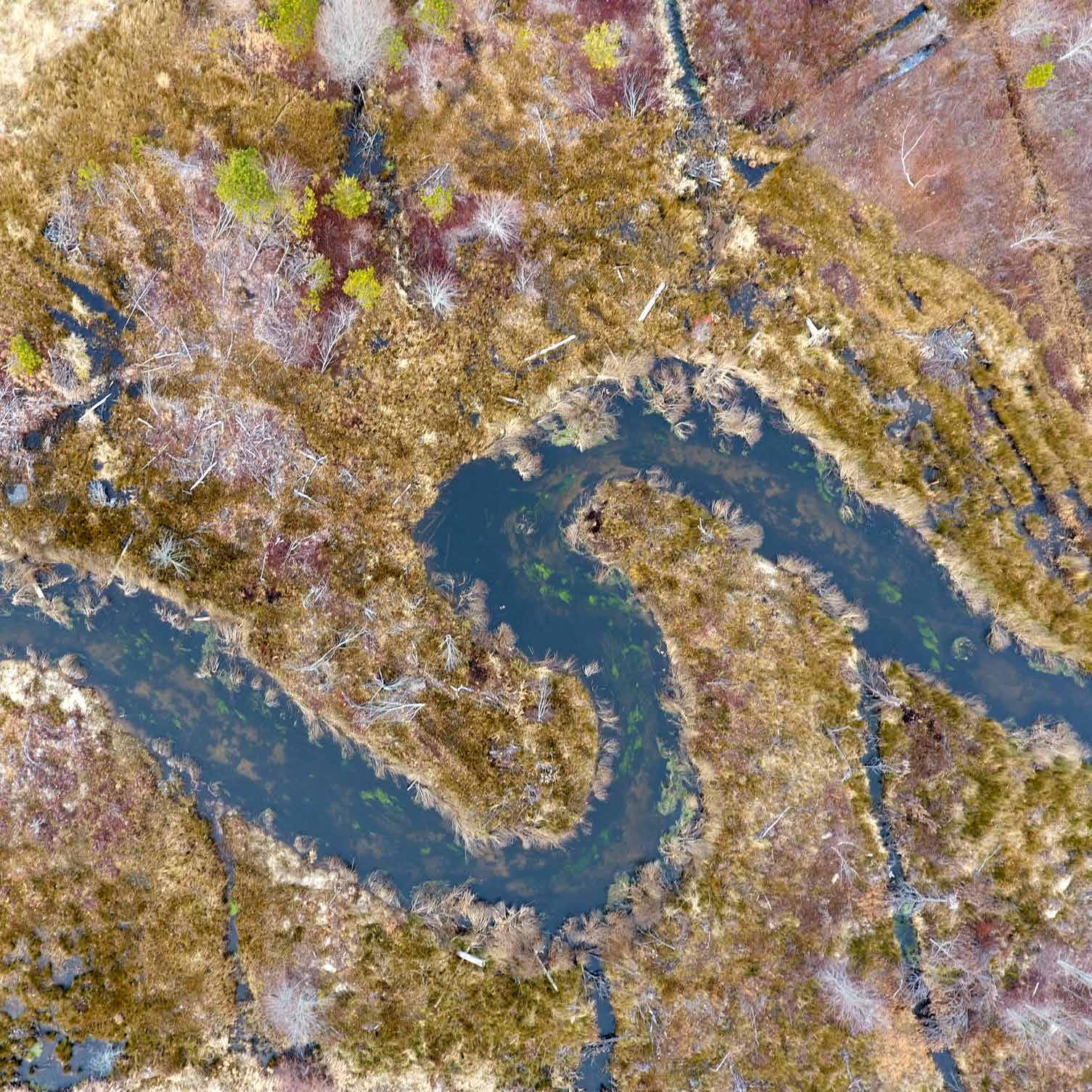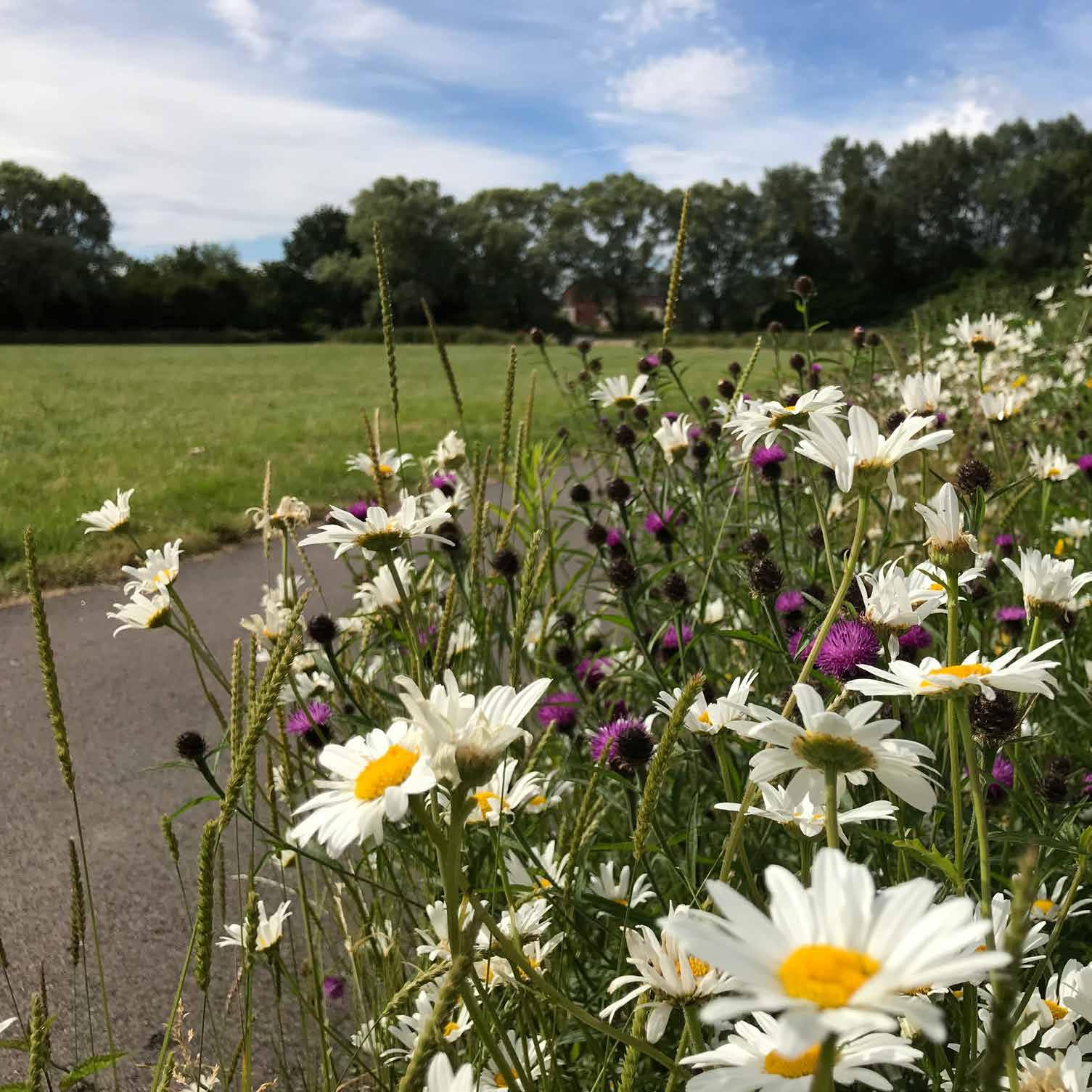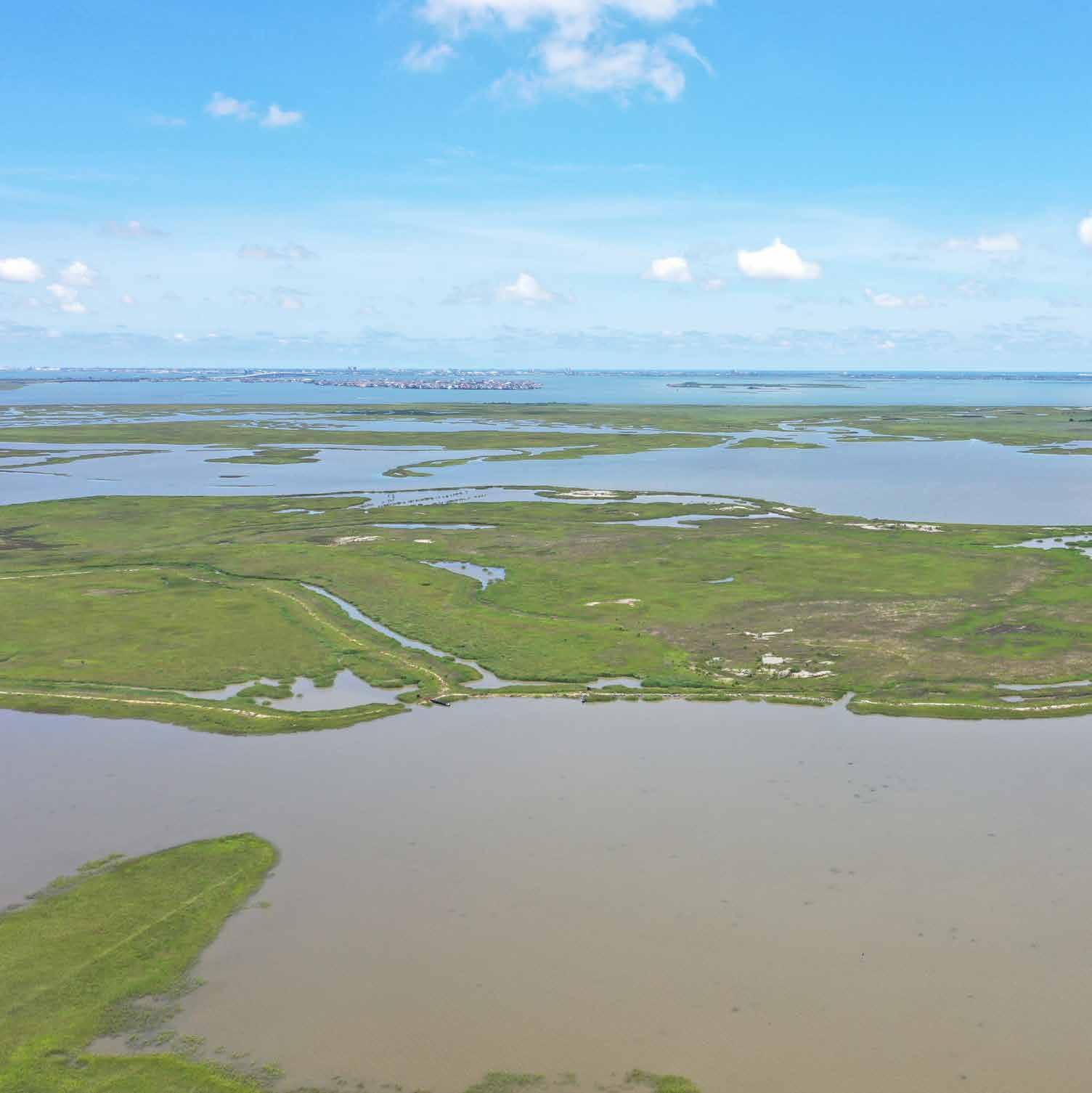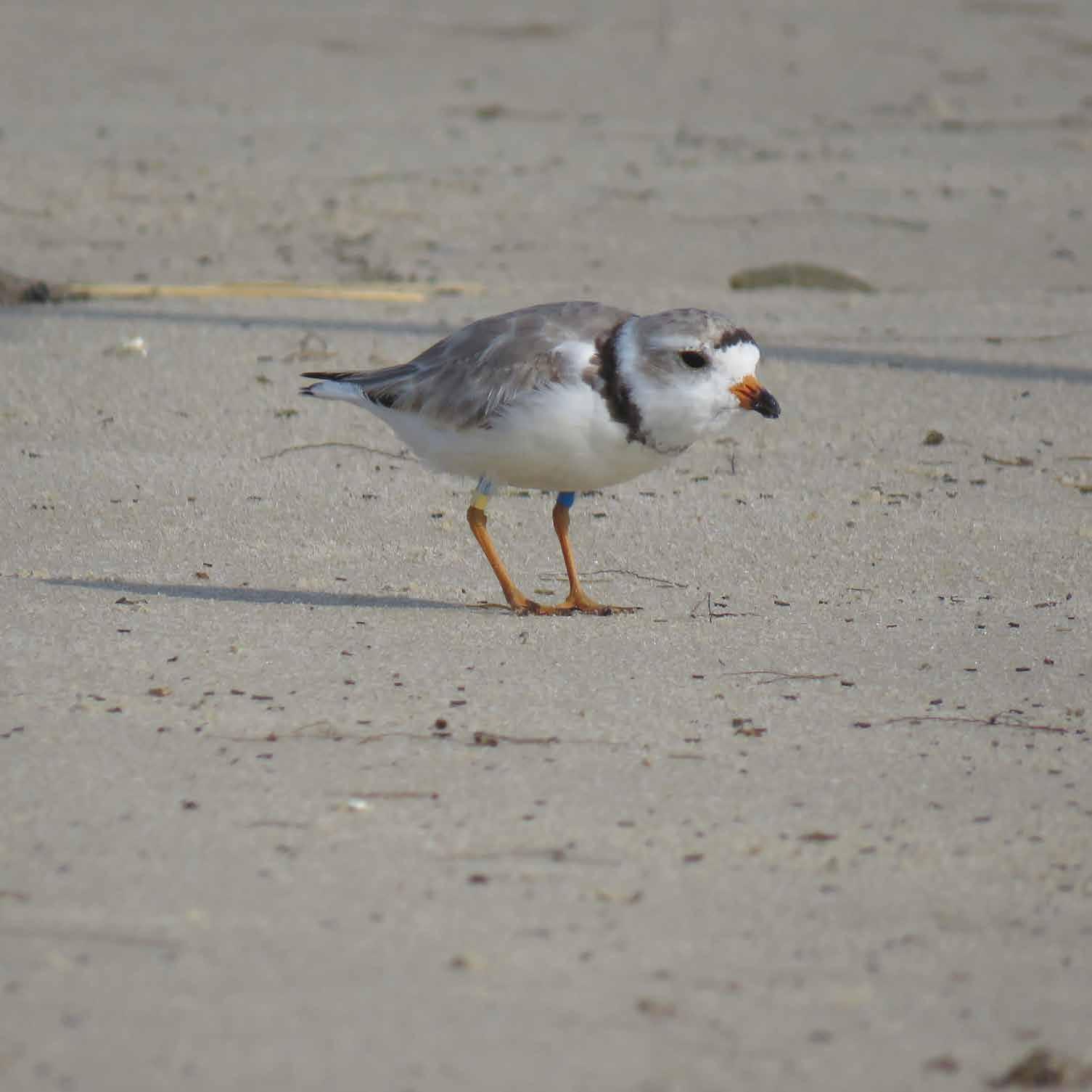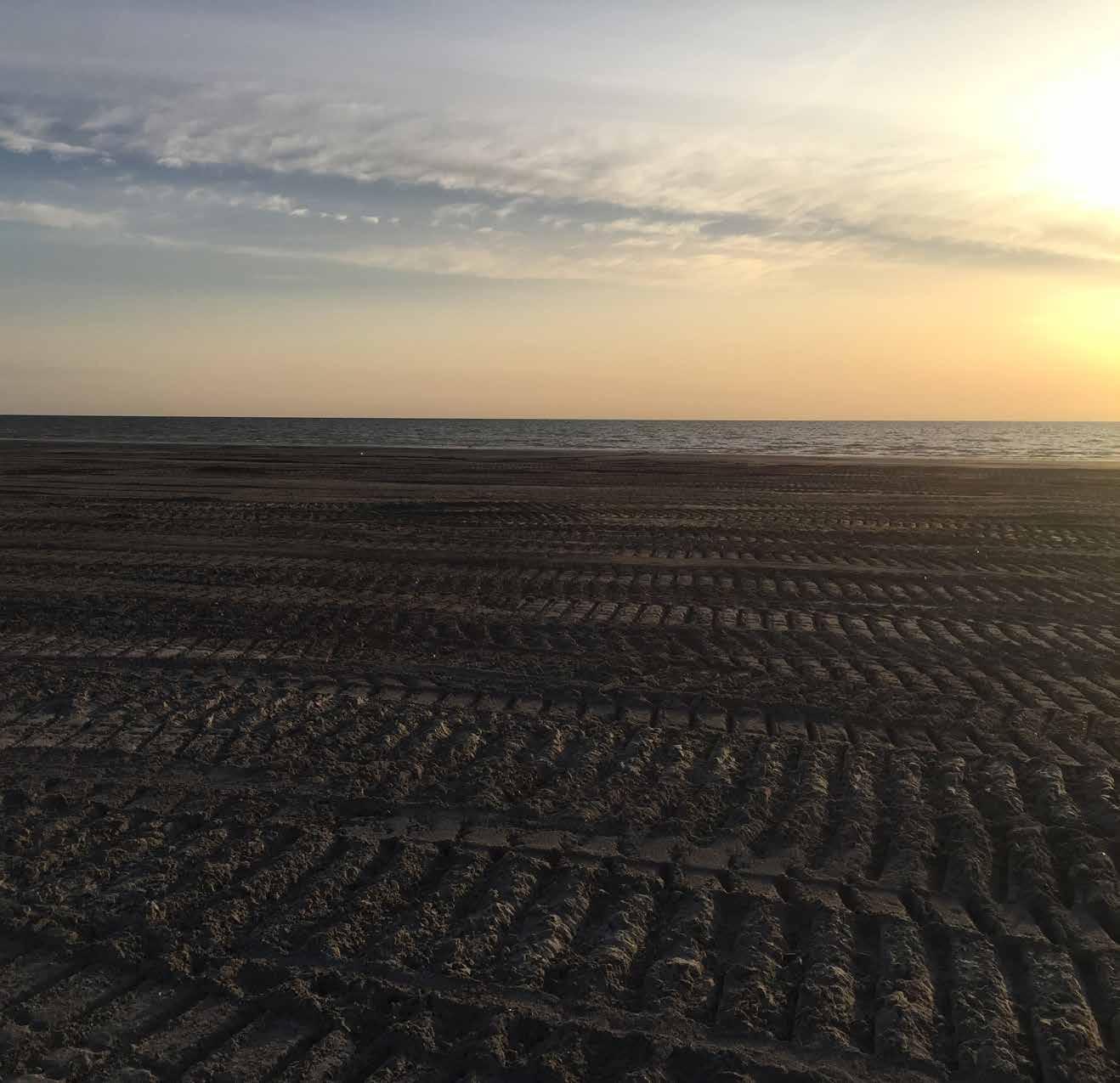Beaches and Dunes
Piping Plover Habitat Superior, Wisconsin, United States
Providing new nesting and foraging sites for an endangered species. Historically, the St. Louis River Estuary—the largest freshwater estuary in North America and the headwater of the Great Lakes—supported breeding populations of piping plover (Charadrius melodus). While these tiny shorebirds are occasionally still spotted during their spring migration, they have not nested in the estuary since 1985. Piping plover, federally listed as an endangered species in 1986, prefer large isolated beach and dune habitats for nesting, and loss of habitat leaves only a few critical locations across the Great Lakes. The complex issues at the project site have resulted from historical waste disposal and land use practices, such as those from logging and paper mills and from dredging and filling aquatic habitat. With funding from the Environmental Protection Agency’s Great Lakes Restoration Initiative, the state of Wisconsin led the effort for the beneficial use of dredged sediment in a region that has an international legacy of sediment contamination. The robust application of science, engineering, and collaborative discussion resulted in piping plover nesting and foraging habitat while reducing maintenance dredging requirements in the estuary.
20














